



Euphorbia
Euphorbia, commonly known as Spurge, is a diverse genus of plants that includes over 2,000 species, ranging from succulents to herbaceous plants and shrubs. Euphorbias are known for their unique and sometimes exotic appearances, often featuring spiny stems, colorful bracts, or interestingly shaped leaves. One of the most popular varieties is the Euphorbia milii, also known as the Crown of Thorns, which is valued for its bright, long-lasting flowers and thorny stems. Other notable species include Euphorbia tirucalli (Pencil Cactus) and Euphorbia pulcherrima (Poinsettia). Despite their variety, all Euphorbias share a common characteristic: they produce a milky latex sap that can be irritating to the skin and toxic if ingested.
- Botanical Name: Euphorbia spp.
- Common Names: Spurge, Crown of Thorns, Pencil Cactus, Poinsettia
- Mature Height: Varies by species; from 1-2 feet (30-60 cm) for smaller species to 15-20 feet (4.5-6 meters) for larger varieties
- Growth Rate: Varies by species; generally moderate
- Light Requirements: Full sun to partial shade, depending on the species
- Soil Requirements: Well-draining soil; prefers sandy or cactus mix
- Water Needs: Low to moderate; drought-tolerant once established
- Foliage: Varies by species; can be spiny, succulent, or leafy
- Flowers: Small, often insignificant, but surrounded by colorful bracts in some species (e.g., Poinsettia)
Uses:
- Ornamental: Euphorbias are often grown for their unique and striking appearance, whether it’s the bright bracts of Poinsettia, the thorny stems of Crown of Thorns, or the pencil-like branches of Pencil Cactus.
- Landscaping: Many species are used in xeriscaping or rock gardens due to their drought tolerance and low maintenance needs.
- Indoor Plants: Smaller species, such as Euphorbia milii, make excellent houseplants, adding color and texture to indoor spaces.
Benefits:
- Drought Tolerance: Euphorbias are highly drought-tolerant, making them ideal for dry climates or low-water gardens.
- Unique Appearance: The diverse forms of Euphorbia plants add visual interest and architectural structure to gardens and indoor spaces.
- Low Maintenance: Once established, most Euphorbias require minimal care, making them suitable for busy gardeners.
- Air Purification: Some species of Euphorbia are known to help improve indoor air quality by filtering toxins.
Euphorbia, with its wide range of species and striking forms, is a versatile and fascinating plant that can be a standout addition to any garden or indoor collection. Its low water needs and easy care make it a favorite among both novice and experienced gardeners.
Debes acceder para publicar una valoración.
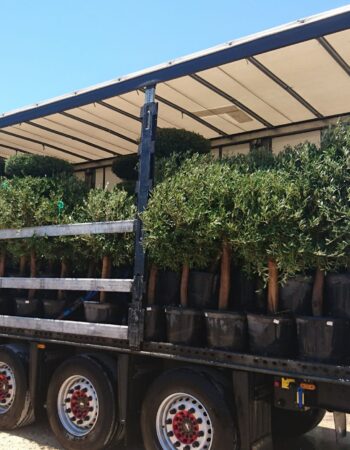
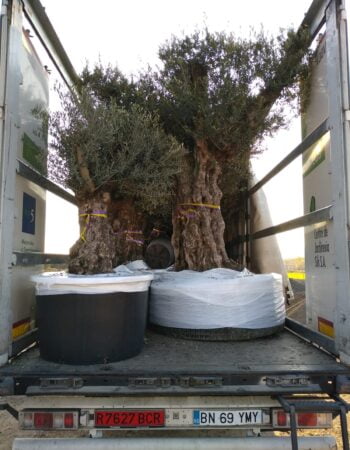
CAREFUL TREE TRANSPORTATION
At Treezom, we take great care in transporting your trees to ensure they arrive in perfect condition. Our expert team uses various methods, depending on the size and volume of the order, to provide safe and efficient delivery. Whether you're ordering a single tree or a bulk order, we guarantee high standards of handling and care throughout the process.
MULTIPLE SHIPPING METHODS
- Truck Delivery: Ideal for local or regional deliveries, ensuring a smooth and timely shipment of your trees directly to your location.
- Sea Containers (20’ or 40’): Perfect for larger orders or international shipping. Our sea containers are equipped to handle bulk shipments with optimal protection.
- Other Customized Solutions: Depending on the size and nature of your order, we can offer tailored shipping methods to meet your specific needs.
No matter the shipping method, we use specialized packaging and handling procedures to protect the trees during transit, ensuring they arrive healthy and ready for planting.
Below, you’ll find key tips tailored to this species’ requirements. Whether you’re new to plant care or have plenty of experience, these guidelines are here to support you in keeping your green companion healthy and vibrant.
- Planting:
- Choose a location with appropriate light levels for the specific Euphorbia species.
- Plant in well-draining soil, such as a cactus mix, to prevent root rot.
- Use a pot with drainage holes if growing indoors to ensure excess water can escape.
- Watering:
- Water sparingly, allowing the soil to dry out completely between waterings.
- During the growing season (spring and summer), water more frequently but avoid overwatering.
- In fall and winter, reduce watering as the plant enters dormancy.
- Be mindful of the plant’s specific water needs; some Euphorbias prefer more moisture than others.
- Pruning:
- Prune to shape the plant and remove any dead or damaged stems or leaves.
- Wear gloves when pruning, as the milky sap can cause skin irritation.
- Dispose of pruned material carefully to avoid contact with the sap.
- Fertilizing:
- Fertilize sparingly with a balanced, water-soluble fertilizer diluted to half strength during the growing season.
- Some species, like Poinsettia, benefit from regular feeding, while others may require less frequent fertilization.
- Avoid fertilizing in winter when the plant is dormant.
- Pest and Disease Control:
- Euphorbias are generally pest-resistant but can occasionally be affected by mealybugs, aphids, or spider mites.
- Treat infestations with insecticidal soap or neem oil as needed.
- Root rot is a common issue, usually caused by overwatering, so ensure the plant’s soil is dry before watering.
*This information is provided for informational purposes only. For more detailed care, please consult a professional Gardener or Arborist.


 SINGLE TREE
SINGLE TREE OUTDOOR POTS
OUTDOOR POTS




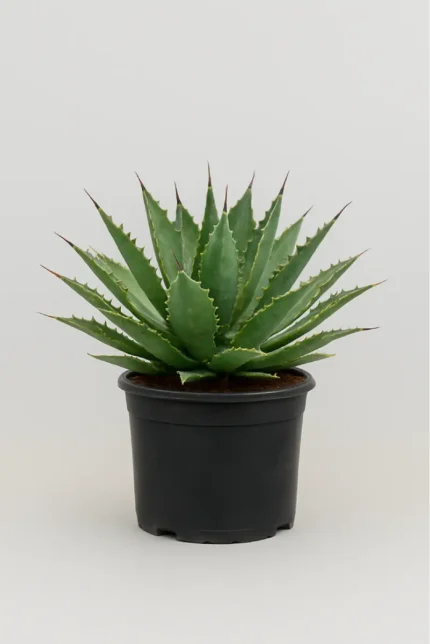
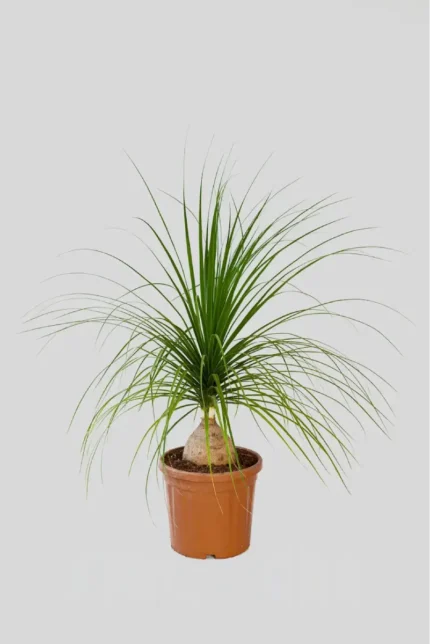

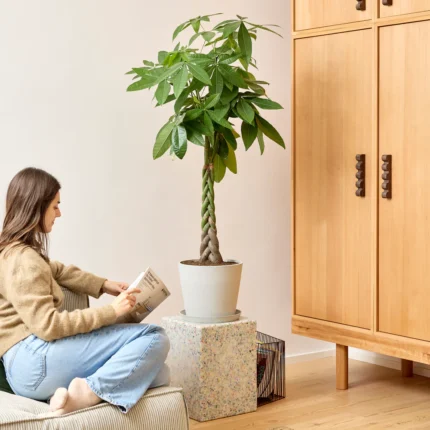
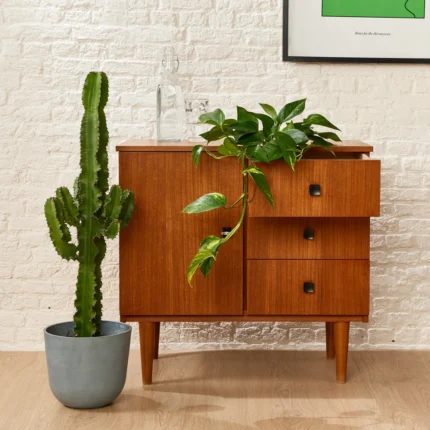


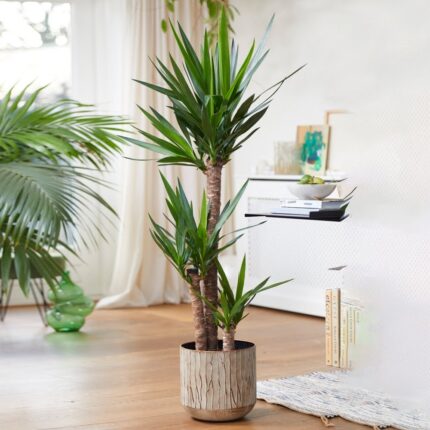
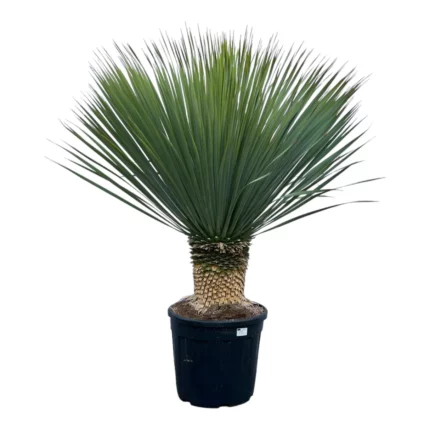






 Single Tree
Single Tree
Valoraciones
No hay valoraciones aún.